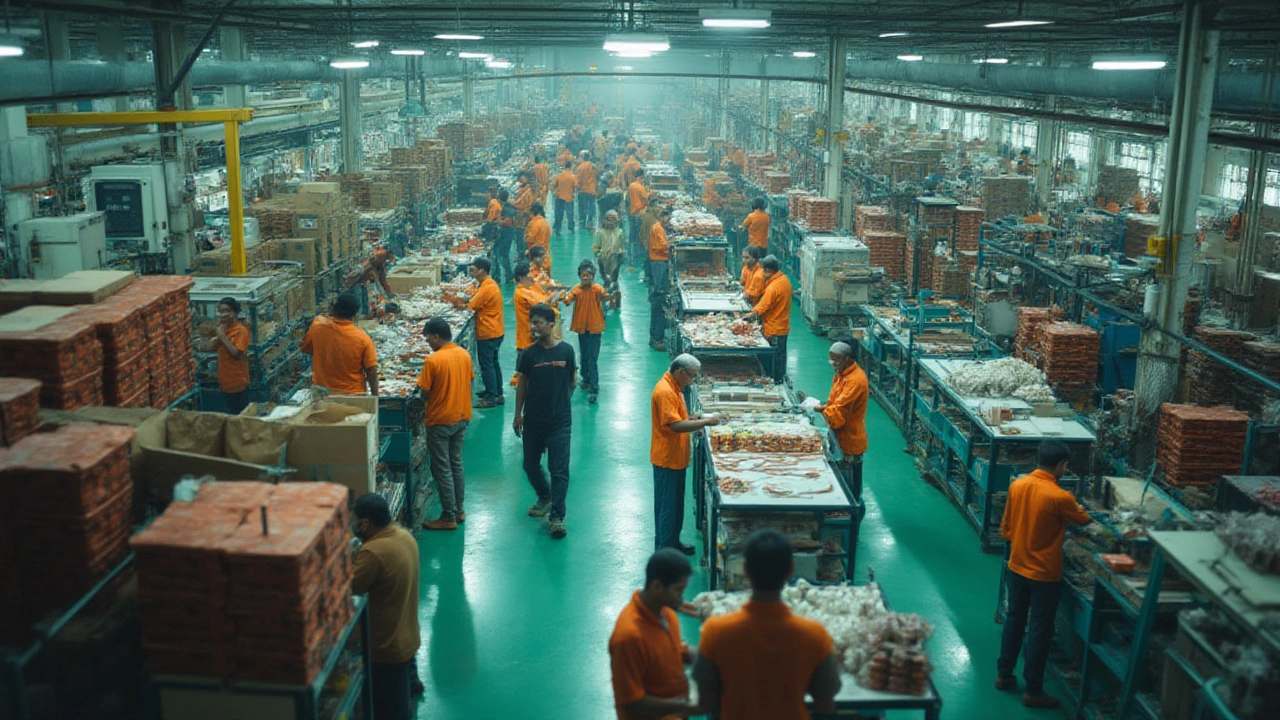The Seven Wastes in Manufacturing — What They Are and How to Cut Them
Ever feel like your shop floor is churning out more hassle than product? That’s usually the seven wastes sneaking in. Knowing them is the first step to slashing costs and lifting output. Let’s break them down in plain English.
Identifying the Seven Wastes
Lean gurus call the wastes TIMWOOD: Transport, Inventory, Motion, Waiting, Over‑processing, Over‑production, and Defects. Each one shows up in a different shape, but all bleed time and money.
Transport is moving parts farther than needed. Think of pallets shuffled between two aisles just because the layout is poor. Every extra step adds handling risk and delays.
Inventory means stock piled up beyond what you can actually use. Excess raw material hides cash on the balance sheet and can turn stale.
Motion covers the wasted effort of workers reaching, bending, or walking more than necessary. Bad workstation design forces unnecessary moves, which leads to fatigue.
Waiting happens when machines sit idle, or operators pause for missing tools or instructions. Those minutes add up fast.
Over‑processing is doing more work than the customer asks for – extra polishing, redundant inspections, or using a high‑precision machine for a simple part.
Over‑production is making more than you can sell or store. It creates inventory, ties up capital, and often forces you to discount later.
Defects are the obvious ones: faulty parts, rework, or scrap. Every defect means extra labor, material waste, and unhappy customers.
Practical Ways to Eliminate Each Waste
Now that you can spot them, here’s how to attack each waste without over‑complicating things.
Transport: Redesign the floor plan so that material flow follows a straight line. Use visual cues like floor markings and keep high‑frequency items close to the workstations that need them.
Inventory: Adopt a pull system – only produce when the next step signals demand. Shorten lead times with reliable suppliers and keep a small safety stock based on actual usage.
Motion: Adjust work‑stations to the worker’s height, place tools within arm’s reach, and use shadow boards. Small tweaks cut inches of walking that become minutes saved each shift.
Waiting: Set up quick‑changeover (SMED) techniques so machine changeovers take seconds, not hours. Keep spare parts and standard work instructions handy to prevent bottlenecks.
Over‑processing: Ask the customer what they truly need. Remove non‑value‑added steps like double‑checking a measurement that’s already verified by a calibrated machine.
Over‑production: Use demand forecasting and real‑time sales data to match production runs with orders. Small batch sizes keep inventory low and give you flexibility.
Defects: Build quality in, not at the end. Implement Poka‑Yoke (mistake‑proofing) devices, run daily 5‑S audits, and empower workers to stop the line when something looks off.
Start with a quick walk‑through of your plant. Grab a clipboard, note any of the TIMWOOD signs, and tackle the low‑hanging fruit first – often it’s motion or waiting. Small wins build momentum for bigger changes.
Remember, the goal isn’t to reach a perfect lean state overnight. It’s about creating habits that shave waste daily. Keep measuring, keep adjusting, and you’ll see faster output, lower costs, and happier customers.
Ready to cut the seven wastes out of your operation? Pick one waste, apply a simple fix this week, and watch the results roll in. The more you practice, the smoother the process becomes.

7 Wastes of Manufacturing: Lean Principles & Practical Solutions
Learn about the 7 wastes of manufacturing, find out what they are, why they matter, and discover real tips on how to spot and reduce them for better profits.
